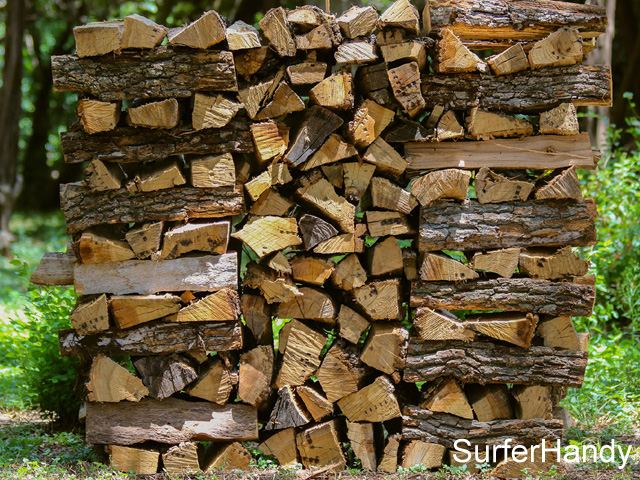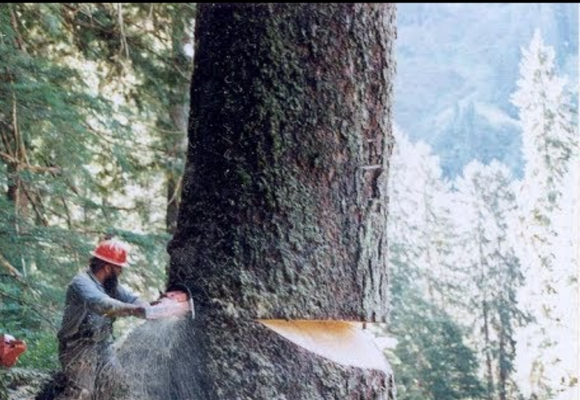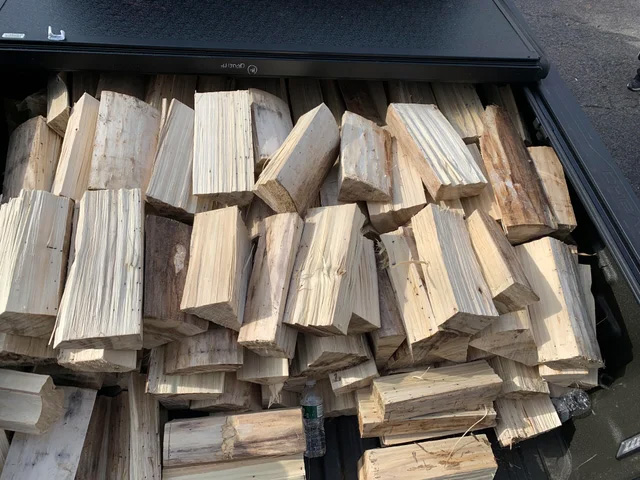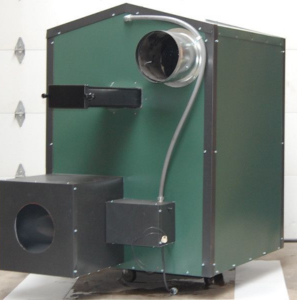The majority of wood-burning stove manufacturers suggest leaving a minimal amount of layer of ash at the surface of the wood stove to keep a balanced amount of heat output.
But be aware not to leave too much ash at the bed of your wood stove as it can reduce an adequate and necessary amount of airflow to the fire. Decreased airflow will not allow your stove to create hot flames, and you will not get good heat in cold and icy weather.
In contrast, leaving too little amount of ash can also cause damage to the surface of your stove as well as it would not allow the fire to produce a high hot temperature in your chilly room.
Therefore, the experts’ suggestion of leaving a sufficient layer of ash in the bed of your stove can not only build on the hot temperature, but also it will enhance the life of the stove’s operation by saving it from any air wash system or secondary burn.
Consequences of Putting Too Much Ash In the Wood Stove
Let’s dig a bit deep and see how too much or thick layers of ashes would affect your wood stove’s functionality:
When you leave thick layers of ashes on the stove bed, then there is a high chance that these ashes will damage your stove’s base. The story does not just end here, as these ashes can not only affect the stove’s functionality but also have some devastating health outcomes because too much ash can result in thick wood smoke in the atmosphere.
Wood smoke can increase the risk of cardiovascular effects such as heart attack, abnormal heartbeat, stroke, and eventually an early death. It can also be responsible for various respiratory issues including asthma attacks and lung diseases.
Therefore, always be careful when it comes to your home-based wood stoves and the intensity of their smoke. For this purpose, the University States Environmental Protection Agency (EPA) has introduced four ways to reduce wood smoke:
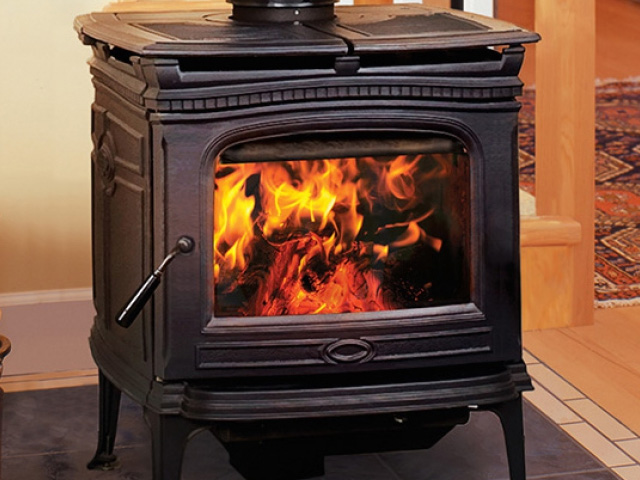
- Use a cleaner heating device such as an EPA-certified wood pellet stove
- Use dry and seasoned wood as they will produce less smoke and give a high hot temperature
- Always test your wood moisture with the help of a wood moisture meter before bursting them into the fire. (It should be around 20% moisture)
- Lastly, provide adequate air to the fire and never let it smolder.
How Much Ash You Should Leave In Your Wood Burning Stove?
First of all, you need to know that wood-burning stoves are a great option to warm a place up with a reasonable amount of heat as they have the potential to spread the heat in all directions in a quick manner.
Here comes an important point to keep in mind before bursting the flames into the stove is that you have to know the decent amount of ash to leave within your wood stove’s bed. The amount can vary according to the different suppliers and models of your stove.
If we take this scenario in a more general way, then leaving 1 inch deep of ash on the bed of your stove before lighting up the fire will be enough to create an atmosphere where you can get an acceptable amount of heating temperature.
Leaving ash in the wood stove has many other benefits, including new fire will catch flames more quickly, new fire, when combined with the older ash layer, will give hotter flames along with high hot temperature, the wood will produce cleaner burning flames even with smoke, you will have a clear glass on the stove’s door when it combined with an air wash system, and lastly, ash layer helps to enhance the life of your wood stove by protecting the stove bed.
How To Keep High Maintenance Of A Wood-Burning Stove?
Picking up a wood stove is not a big deal, but it would only be beneficial if you know the right way to use it and keep its maintenance properly.
Do not get anxious if you do not know the ways to keep your wood stove maintained and cleaned, as we got your back by summarising some tips on how to clean the layers of ashes from the bed of your wood stove.
Removing The Layers Of Ash
For this motive, the first critical thing to preserve the quality of your stove is to keep it clean in a good way by removing the layers of ash from time to time. Some experts recommend cleaning the stove entirely before lighting up the new fire.
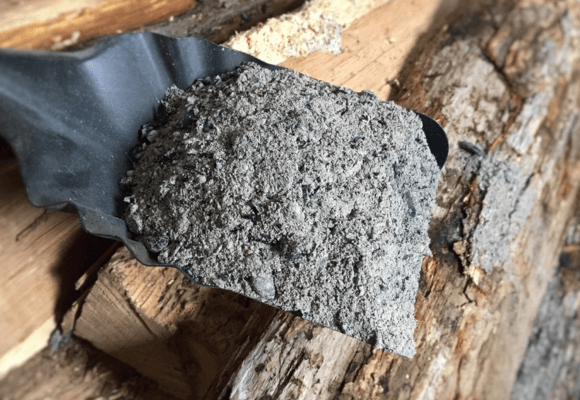
On the other hand, most suppliers recommend leaving a thick coating of ashes for around 25 mm or one inch on the surface of your wood stove as it will help the wood to burst the ashes into the fire more rapidly next time.
The ashes have the natural tendency to enclose the fire’s warmth and throw back the hotness into the wood.
This process will allow both the ashes and wood to catch fire more speedily because ashes have the potential to help in gathering the high heating temperature. Plus, it is required for the distribution of heat onto the other wood pieces inside the wood stove.
Conclusion
With that being said, we have reached the bottom line which suggests that keeping a minimal amount of ashes layered on the bottom of your stove can enhance the stove’s life but on the other side, If you clean your wood stove so many times then it can lead to permanent damage as it can crack or warp the metal-based surface of your wood stove.
Plus, it is not recommended to leave a fairly thick enough layer of ashes inside the stove’s bed as it can block the airflow from the vents and it can put a stop to make a handsome amount of hot temperature in your room or cabin.
Frequently Asked Questions
**What Happened When We Leave No Ash Or Too Much Ash On The Wood Stove’s Bed?**
If you leave too little or no layers of ashes in your wood stove then it will bring no good for your stove as it can cause permanent damage to the base of the metal firebox of your stove as it can become warped and cracked over time.
The situation will also not be very friendly for logs in your stove as too little amount of ash would not leave room for logs
In contrast, too much ash can hinder the airflow inside the stove by bringing up a barrier to the airflow from vents around the surface of the firebox as well as it will leave decreased space for firewood to catch flames.
**How Often Should You Remove Ash From The Wood Stove?**
If you are using your wood stove on a daily basis, then you will likely have to clean the ashes more frequently as it can build up layers of ashes on the stove’s bed and too much ash is not good for your wood stove. However, leaving an inch layer of ash will be okay for your stove.
**What Is The Ideal Time To Clean/Empty Ash From A Wood Stove?**
It is recommended by The Chimney Safety Institute of America (CSIA) that you need to empty your stove by removing all ashes after the last fire of the season.
If you leave your stove unclean, then the remaining ash can cause damage to several parts of your stove, especially the stove’s base, because ash is a very acidic thing that can trap moisture within the stove. However, leaving ash for a longer period of time can damage your stove through corrosion.
**How Can Ash Be Efficient When You Leave It In Your Wood Stove?**
When the fire is gone, and the ash is still there, it traps hot coal for hours, which makes the ashes catch the flames very easily for the secondary burn or the next time when you light the fire. It also helps the air wash system.
Leaving ash in the wood stove will provide an efficient fire as it can burst into flames very quickly because the combustion makes it of wood, and it aids in insulating the heat as well as distributes the heat onto other wood pieces placed inside your wooden stove.
